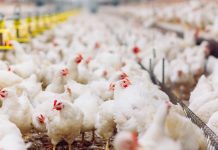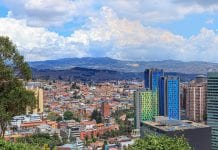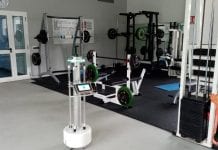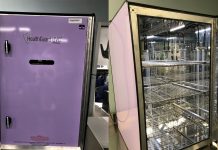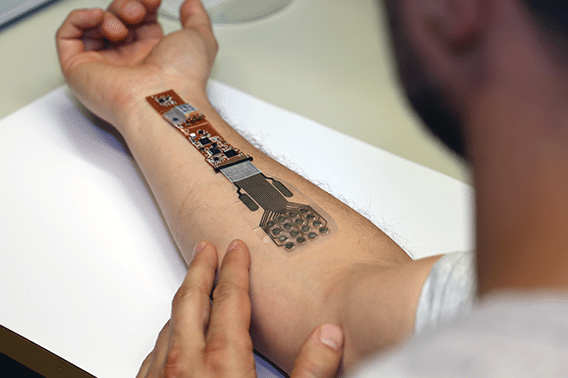
Panu Lahtinen, a senior scientist at the VTT Technical Research Centre of Finland, discusses his innovative wound care solution.
By 2020 the global wound care market is expected to reach $22bn (~€19bn), according to market research firm MarketsandMarkets™ – a growth it attributes to an increasing prevalence of chronic and acute wounds, a rising number of road traffic accidents, a rapidly ageing population, a greater interest in wound care research, and a growing awareness of wound care treatment and management.
With business booming, more and more researchers are looking to new ways to speed up the healing process and reduce the associated pressures on healthcare systems.
In November, scientists at the University of Sheffield, UK, and COMSATS Institute of Information Technology, Pakistan, published new research which suggests that adding sugar to a hydrogel bandage can aid in angiogenesis – an important process in wound healing. The scientists believe this simple and cost-effective solution could one day be put to use treating non-healing skin wounds associated with age, poor blood supply and diabetes, which represent a growing burden to healthcare services.
Their discovery comes after researchers at Nanyang Technological University, Singapore, unveiled their own solution to diabetes-related wounds based on a protein that can be easily extracted from the discarded fatty tissues of hospital patients. Angiopoietin-like 4 speeds up the wound healing process, reduces inflammation and scarring, and assists the formation of new blood vessels and cell growth. The research team has already developed ways to package the protein into easy-to-use applications such as gel patches and creams, and believes its successful commercialisation could have big implications for diabetic patients as well as patients undergoing surgery.
Here, Panu Lahtinen, a senior scientist at the VTT Technical Research Centre of Finland, talks Pan European Networks through his own wound-healing solution, which exploits the desorption and absorption properties of cellulose nanofibrils and advances in 3D printing to promote the growth of skin cells around a wound and discourage the formation of stiff scar tissue.
What advantages do cellulose nanofibrils have over currently used chemicals for 3D printing materials?
Cellulose nanofibrils are bio-based, made from renewable raw materials, biocompatible, and they can be used both as a rheology modifier and an efficient strength enhancer at very low dosages.
Why in particular are cellulose nanofibrils such an attractive option for medical applications?
They are biocompatible, animal-free and can be used as a carrier for therapeutic molecules, drugs, etc. They have high water content, which can be beneficial for balancing wound moisture. Both desorption and good absorption properties can therefore be utilised. In addition, low amounts of cellulose nanofibrils can be used for improving the rigidity of 3D structures.
How do the solutions you are developing work to improve wound healing, and what benefit might they have over traditional wound care practices?
There can be several functions: they can balance wound moisture and absorb, for example, excess fluid, wounds can be kept more elastic (prevention of scar tissue), and the controlled release of growth factors can enhance faster healing. Combined with 3D printing this application allows for the customisation of wound-healing products for, as an example, chronic wounds. It is a kind of a functional wound dressing that can be modified to the size of individual wounds.
Do you see your devices as having applications elsewhere in the medical space?
These multicomponent materials could be possibly used in cosmetic products and in skin care. Together with 3D printing this application could provide the means for creating customised implant and wound-healing products, as well.
Where do you hope to take your research next?
We hope to enter in vivo testing, and we are also evaluating the use in skin care and the effect of the new material mixtures on skin microbiota.
Read the research in full via http://pubs.acs.org/doi/abs/10.1021/acsami.7b02756.
Panu Lahtinen
Senior Scientist
VTT Technical Research Centre of Finland Ltd
This article will appear in issue four of Pan European Networks: Health, which will be published in February.



